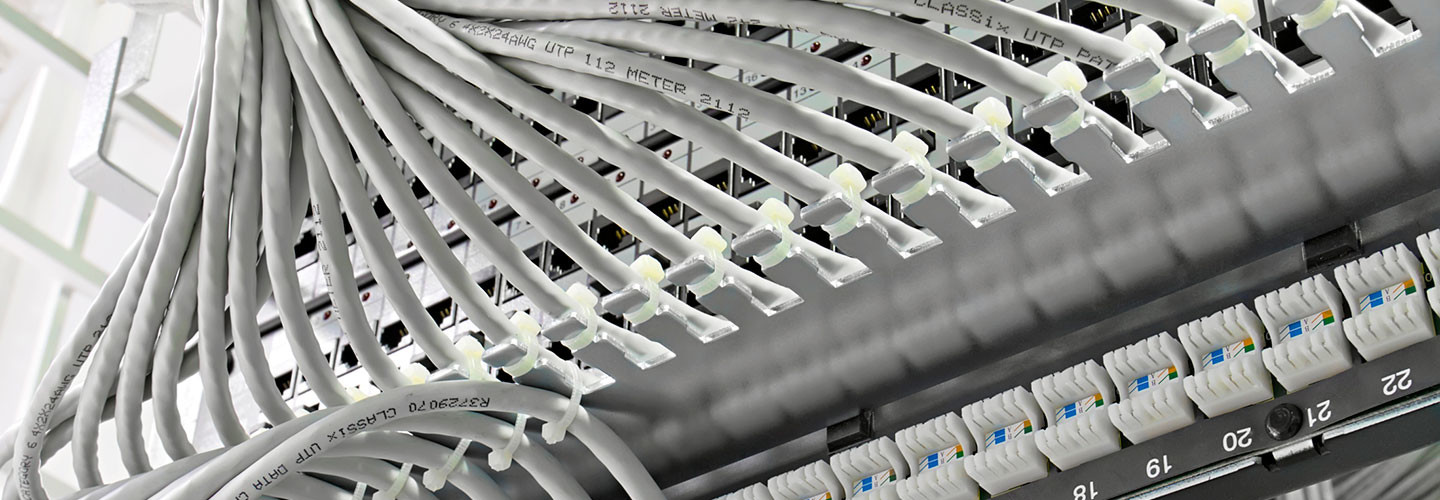The 3 Fundamentals of Cooling Wiring Closets
The cooling of wiring closets presents somewhat different challenges than the cooling of data centers. Three options to consider are:
-
Conduction: Conduction is the natural transmission of heat from a warmer space to a cooler one. Many companies have depended on this method to keep their wiring closets cool. But conduction may no longer be sufficient as upgrades of networking equipment to handle increased traffic result in the generation of more heat. Power over Ethernet (PoE) can also raise temperatures in wiring closets significantly. IT decision-makers may therefore need to make sure that they don’t continue to depend on conduction where it is no longer appropriate.
-
Ventilation: Natural or fan-assisted ventilation cools wiring closets through the movement of air and can address higher operating temperatures than conduction. Many wiring closets may require the installation of ducts with sufficient capacity to draw out enough air to address current and projected equipment temperatures.
-
Air conditioning: In wiring closets where a relatively large amount of heat is generated in a relatively small space, it may be necessary to employ air conditioning. In some cases, a facility’s comfort cooling system may be sufficient. In others, it may be necessary to install a specialized computer room air conditioner (CRAC). This is the most expensive alternative in terms of both capital and operating costs.
Any fan or CRAC unit installed in a wiring closet will likely need a UPS as well, so that network equipment is not put in danger of overheating in the event of a power outage.








